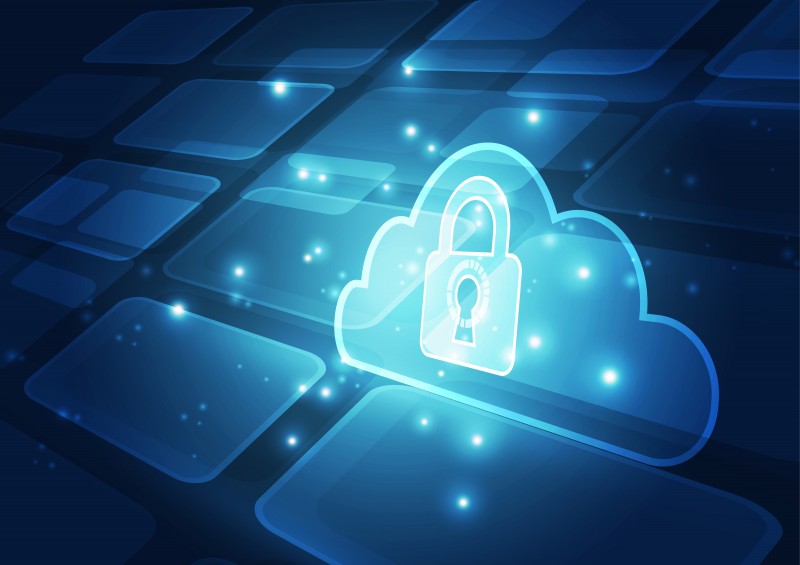McAfee, a device-to-cloud cybersecurity company, has released its McAfee Labs Threats Report: August 2019 examining cybercriminal activity and the evolution of cyber threats in Q1 2019.
McAfee Labs saw an average of 504 new threats per minute in Q1 and a resurgence of ransomware along with changes in campaign execution and code.
More than 2.2 billion stolen account credentials were made available on the cybercriminal underground over the course of the quarter. Sixty-eight percent of targeted attacks utilised spearphishing for initial access, 77 percent relied upon user actions for campaign execution.
“The impact of these threats is very real,” said Raj Samani, McAfee fellow and chief scientist. “It’s important to recognise that the numbers, highlighting increases or decreases of certain types of attacks, only tell a fraction of the story. Every infection is another business dealing with outages, or a consumer facing major fraud. We must not forget for every cyber-attack, there is a human cost.”
Each quarter, McAfee assesses the state of the cyber threat landscape based on in-depth research, investigative analysis, and threat data gathered by the McAfee Global Threat Intelligence cloud from over a billion sensors across multiple threat vectors around the world.
McAfee Advanced Threat Research (ATR) observed innovations in ransomware campaigns, with shifts in initial access vectors, campaign management and technical innovations in the code.
According to the report, while spearphishing remained popular, ransomware attacks increasingly targeted exposed remote access points, such as Remote Desktop Protocol (RDP); these credentials can be cracked through a brute-force attack or bought on the cybercriminal underground. RDP credentials can be used to gain admin privileges, granting full rights to distribute and execute malware on corporate networks.
McAfee researchers also observed actors behind ransomware attacks using anonymous email services to manage their campaigns versus the traditional approach of setting up command-and-control (C2) servers. Authorities and private partners often hunt for C2 servers to obtain decryption keys and create evasion tools. Thus, the use of email services is perceived by threat actors to be a more anonymous method of conducting criminal business.
The most active ransomware families of the quarter appeared to be Dharma (also known as Crysis), GandCrab and Ryuk. Other notable ransomware families of the quarter include Anatova, which was exposed by McAfee Advanced Threat Research before it had the opportunity to spread broadly, and Scarab, a persistent and prevalent ransomware family with regularly discovered new variants. Overall, new ransomware samples increased 118%.
“After a periodic decrease in new families and developments at the end of 2018, the first quarter of 2019 was game on again for ransomware, with code innovations and a new, much more targeted approach” said Christiaan Beek, McAfee lead scientist and senior principal engineer.
“Paying ransoms supports cybercriminal businesses and perpetuates attacks. There are other options available to victims of ransomware. Decryption tools and campaign information are available through tools such as the No More Ransom project,” he added.









Discussion about this post